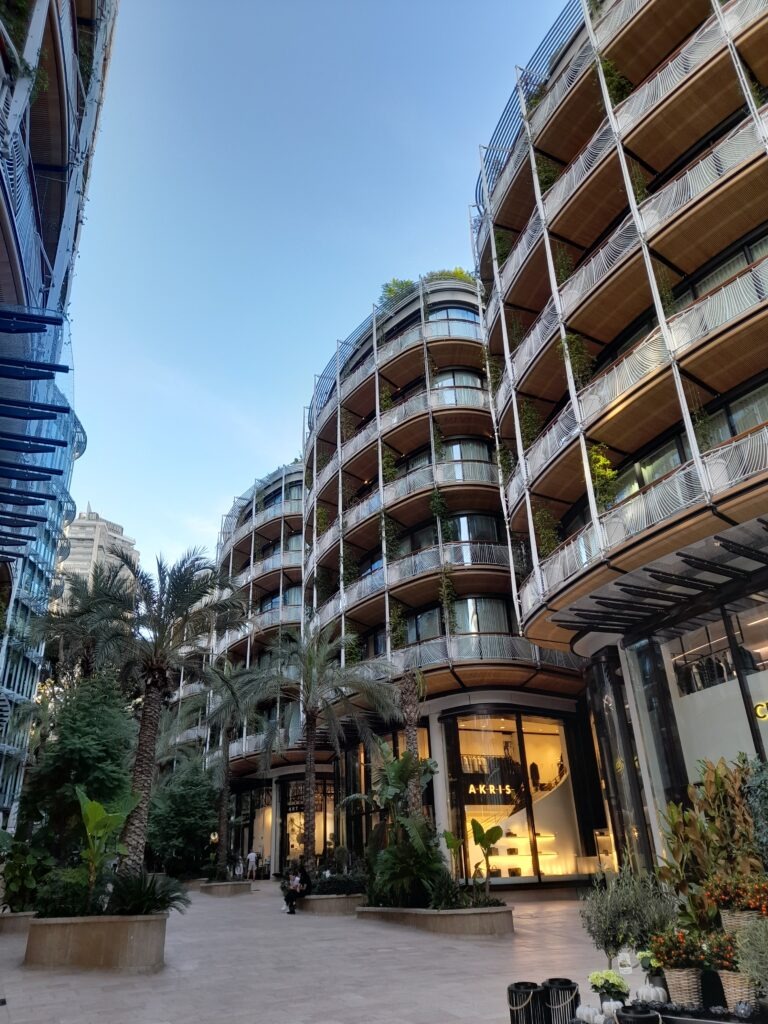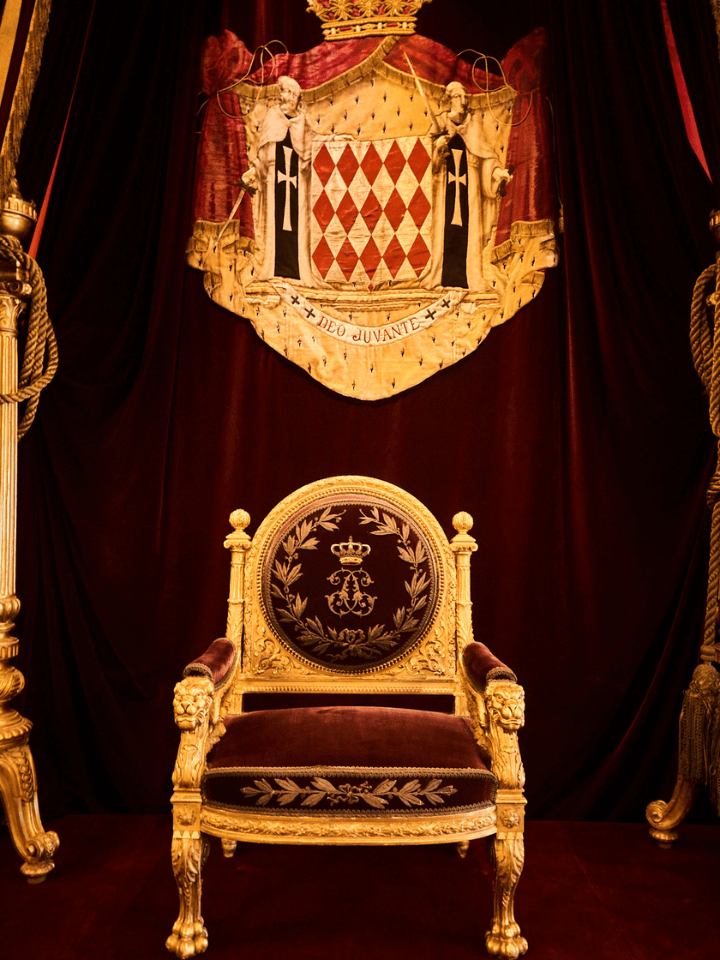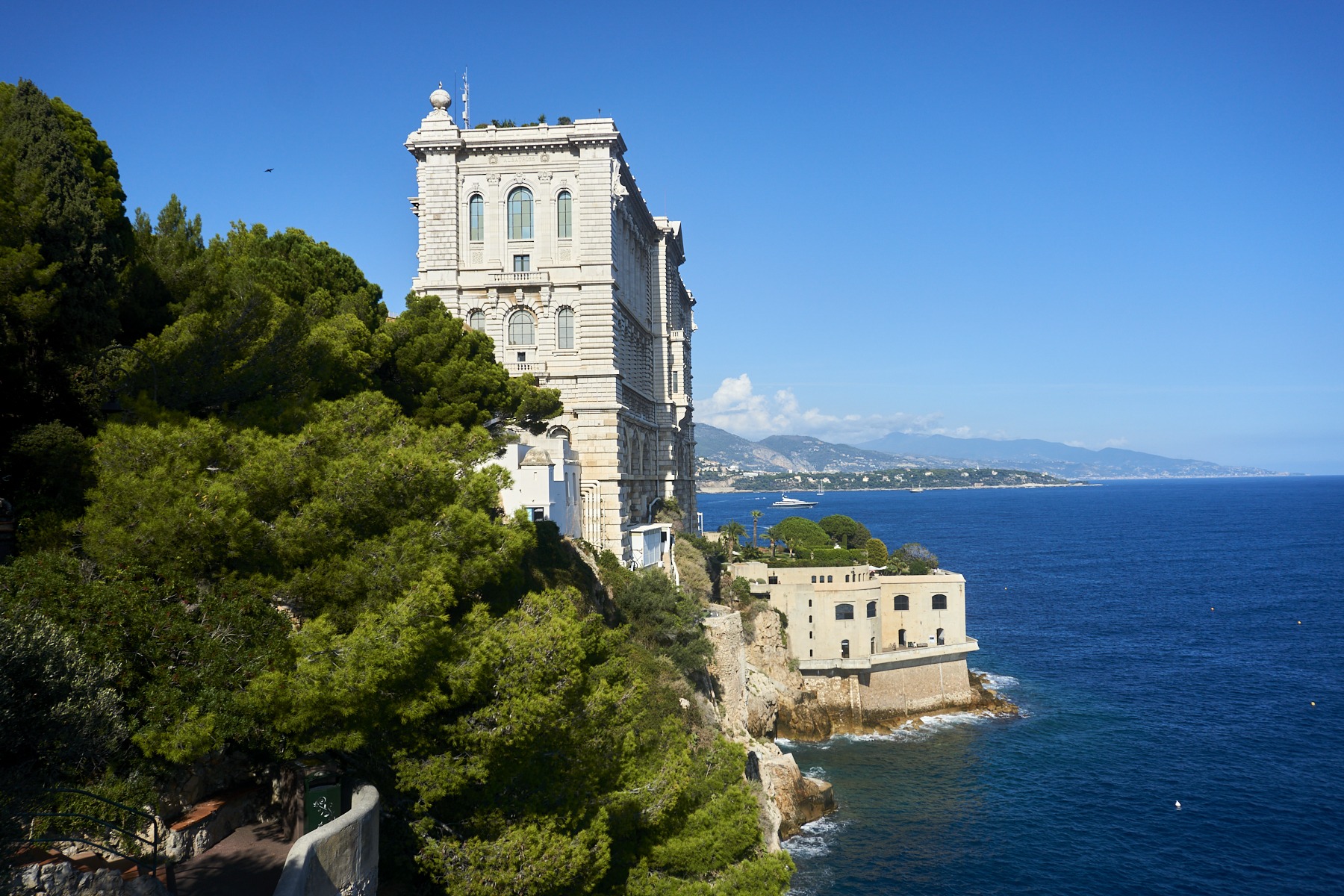
The Oceanographic Museum of Monaco (in the original, Musée Océanographique de Monaco) consists of a building 100% dedicated to the marine world in its various aspects, and not just animals.
Erected on the rock of Monaco under the cliffs, the building of the Oceanographic Museum of Monaco is mythical for the way it stands under the sea. Inaugurated in 1910 by Prince Albert I, the work begun by this museum has been continued and expanded by his successors.
Tickets cost 19€ / adult (2023), which is cheaper if bought in conjunction with one of Monaco's other attractions. Tickets can be bought in a wooden cabin on the side of the museum, online (here) or in some stores around the Principality.
Visit the Oceanographic Museum of Monaco
Currently spread over five floors and 6,500m2, this museum has 6,000 animal species, which are mainly located on the two lower floors.
The visit starts downwards, in the direction of the various marine animal tanks. On these two floors, the museum is very similar to the Lisbon Oceanarium or Sea Life Porto, with thousands of marine animals such as sharks, catfishes, stonefish, jellyfish and many others. In the area dedicated to the tropical sea there is a tank with 450,000 liters of water, which demonstrates the grandeur of the space. There is also an outdoor area dedicated to turtles.
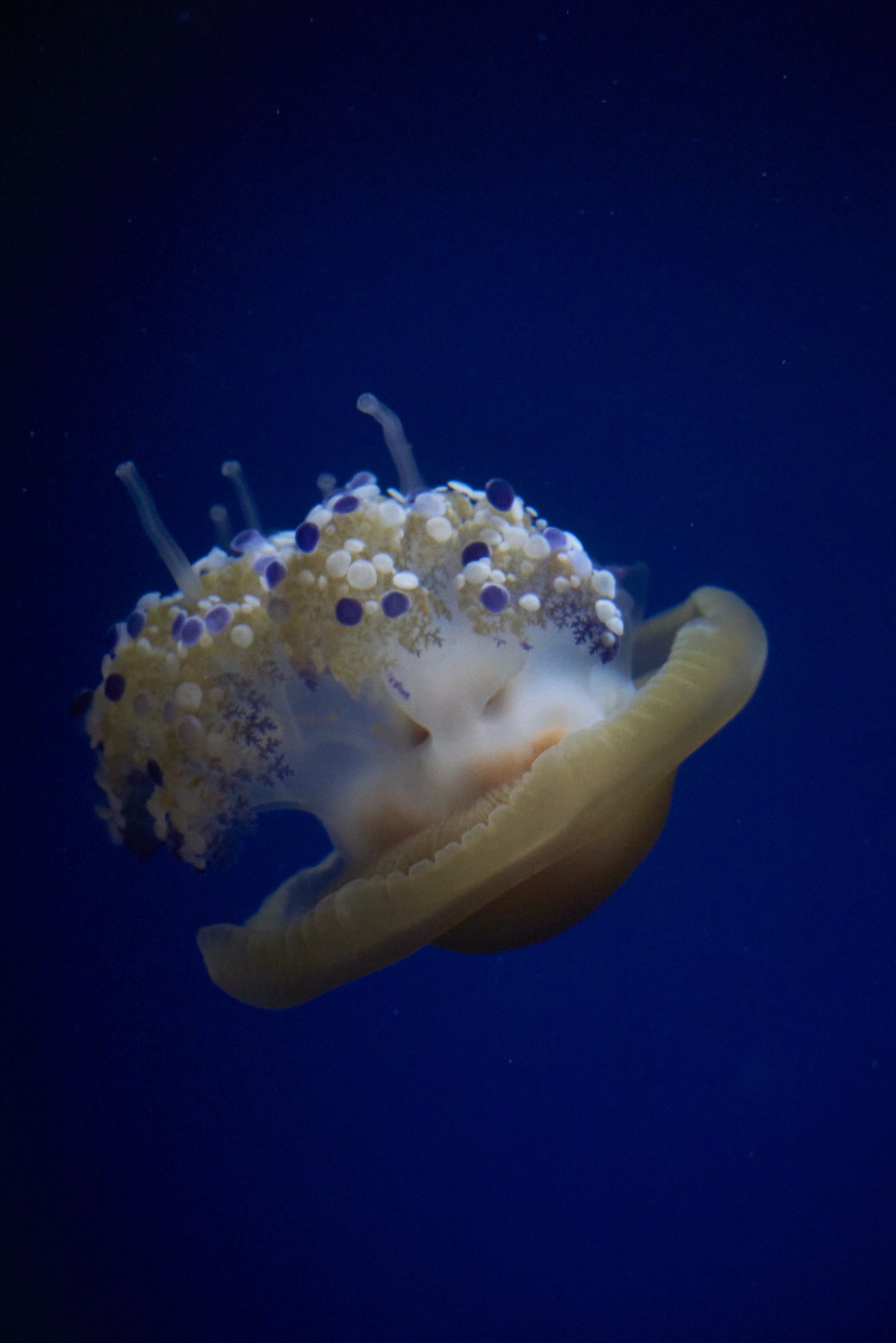
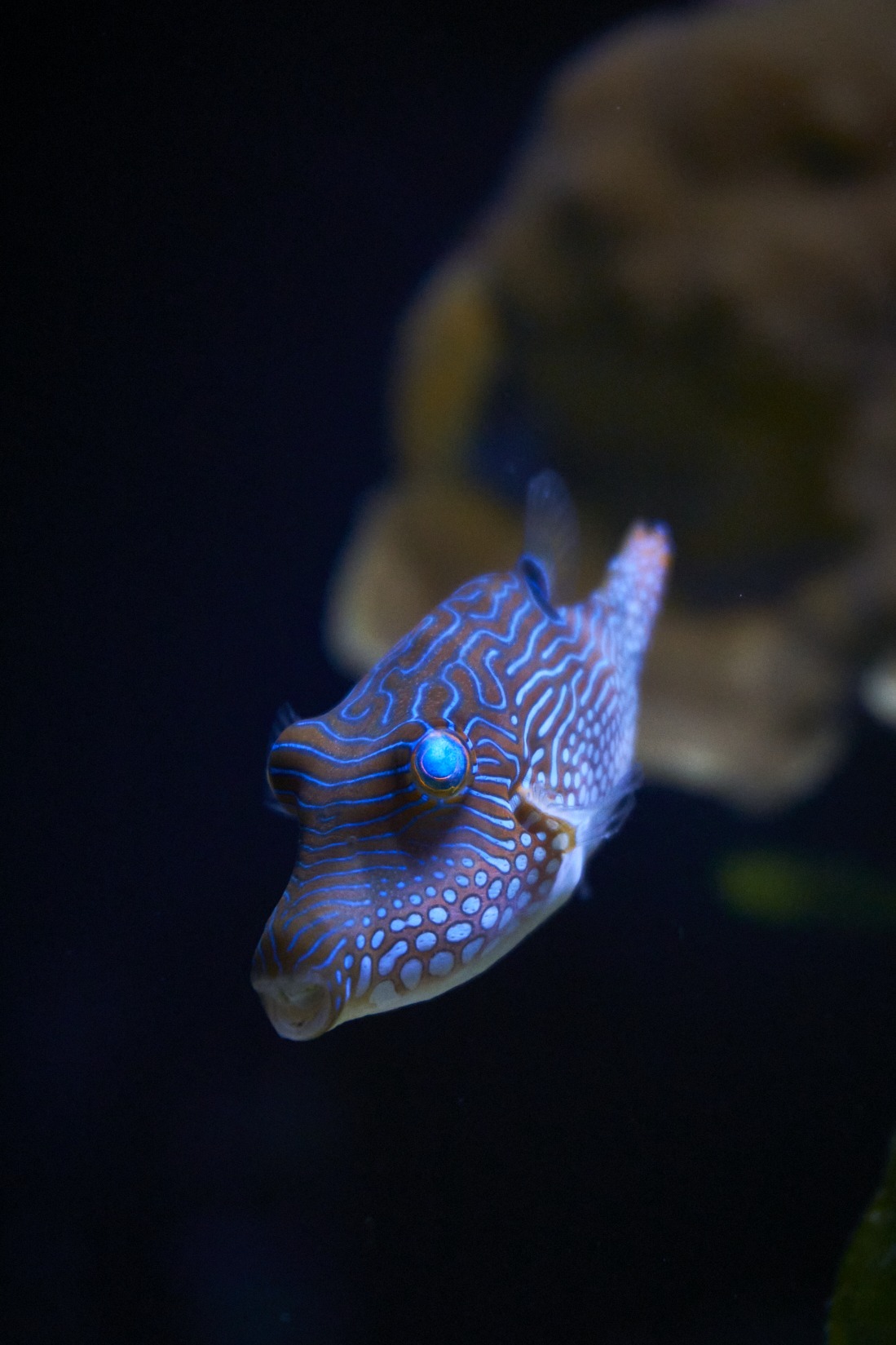
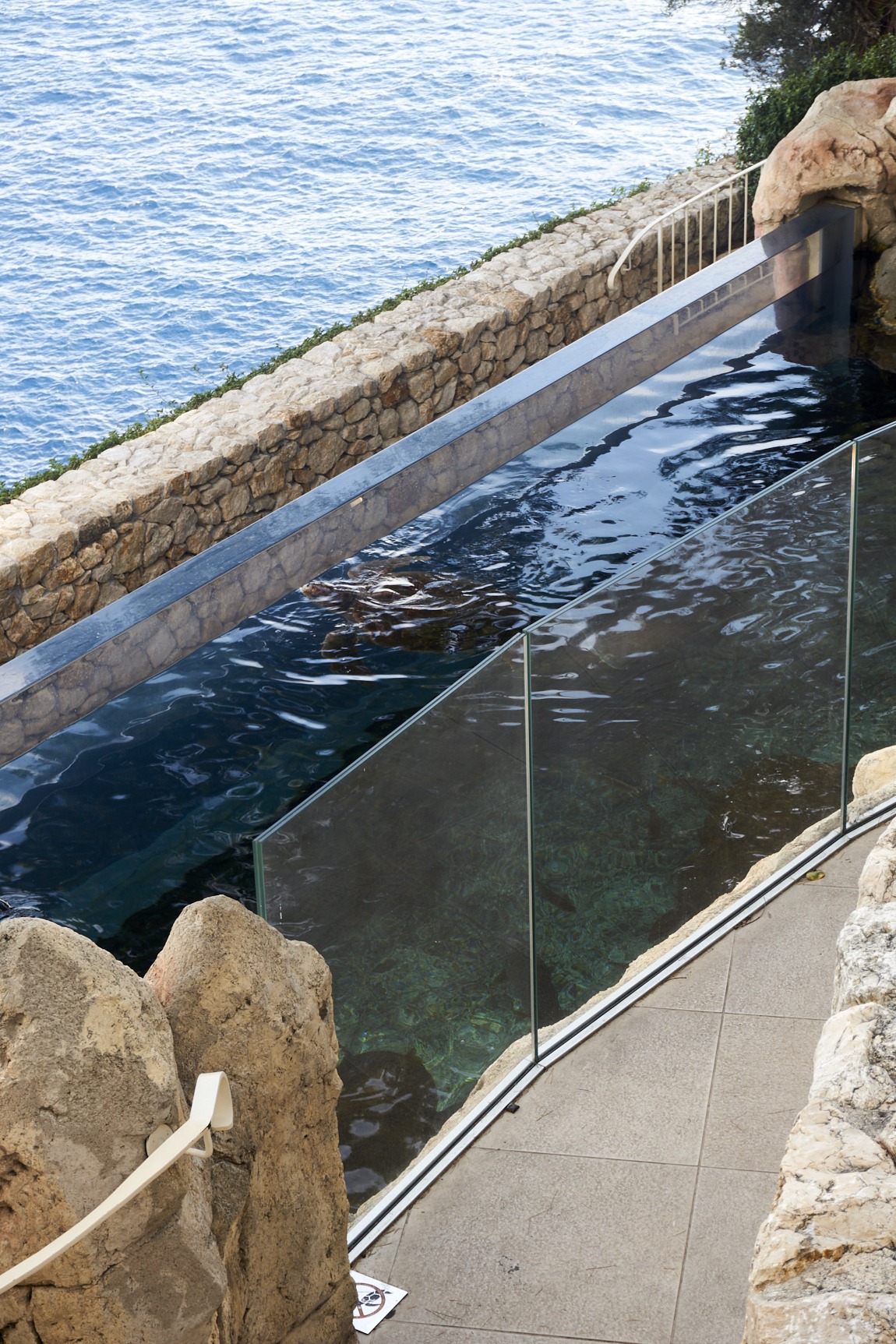
Throughout this demonstration, there is no shortage of information and curiosities about all the animals we are introduced to.
This part of the tour alone always takes between 30m and 1h. Once this part is over, we return to the ground floor where it all began and where there are also some interesting rooms, such as the imposing conference room. Here, we thought we had seen everything, but we were completely wrong: the two upper floors are missing.
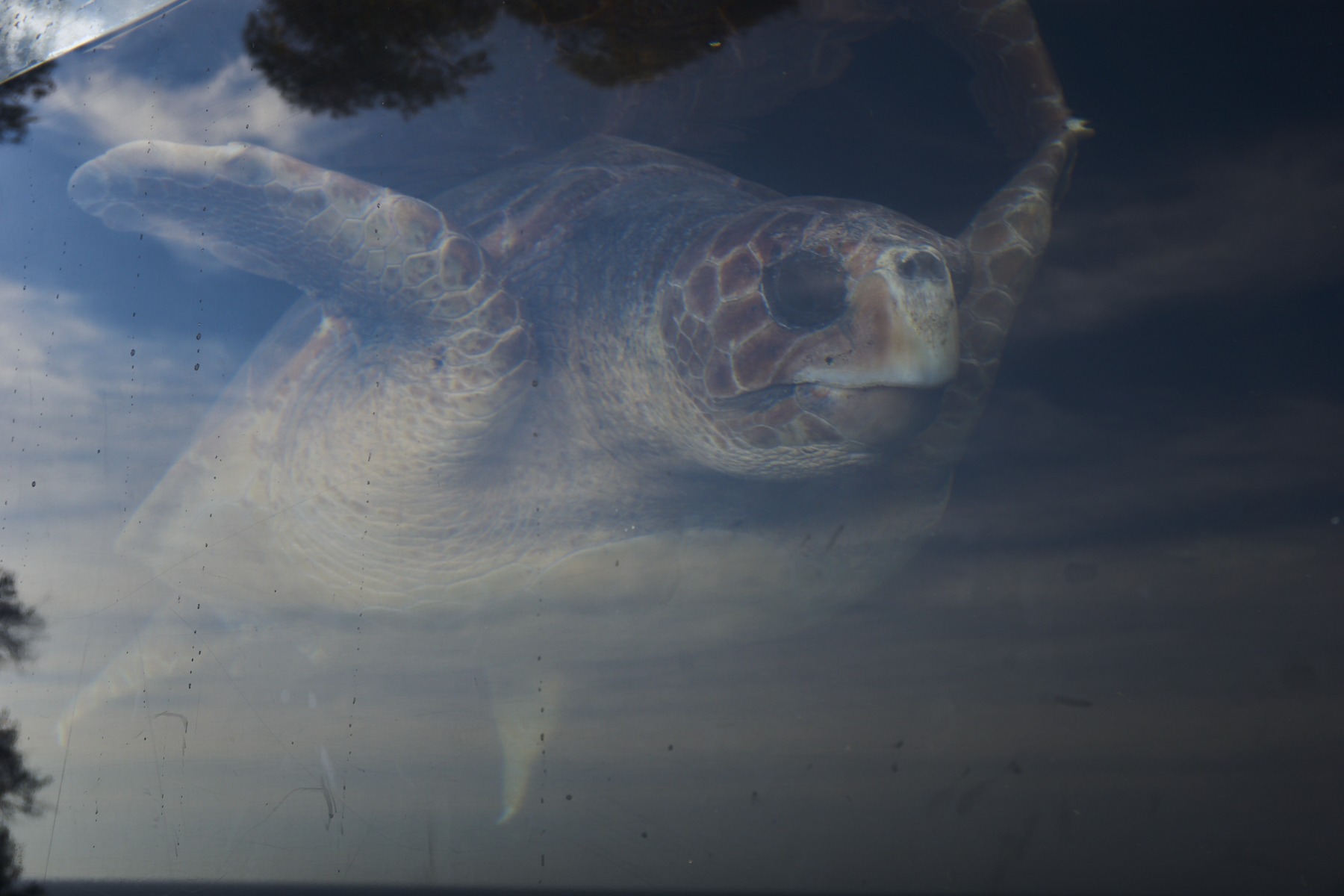
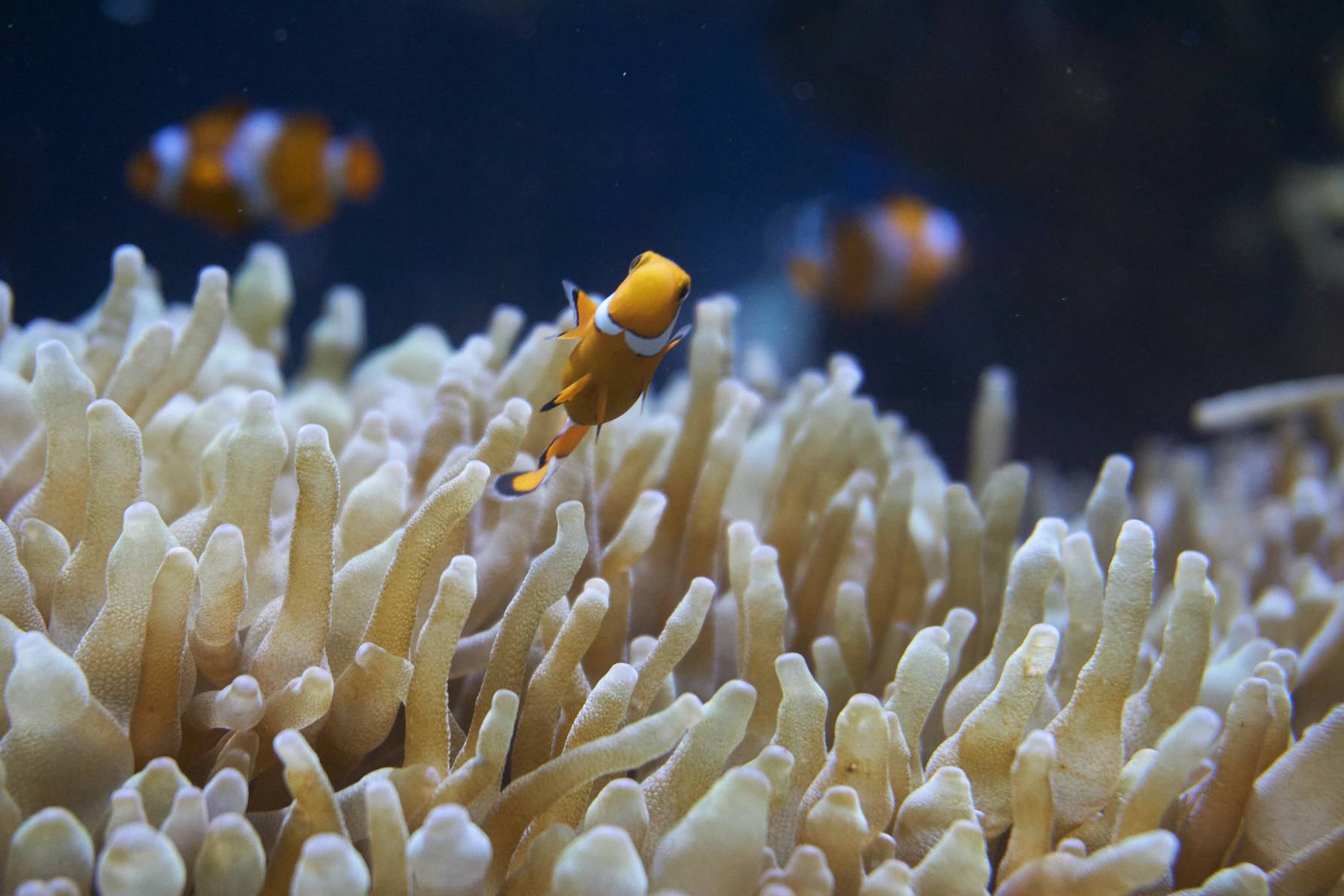
The second and last floor is where you'll find a large terrace with a restaurant and some entertainment, but it's on the first floor that you'll find an unusual scene in this type of museum. Here we find the Oceanomania area, the Whale Room and the Albert I Room, two rooms completely dedicated to the discovery of the oceans, which take us on a historical tour.
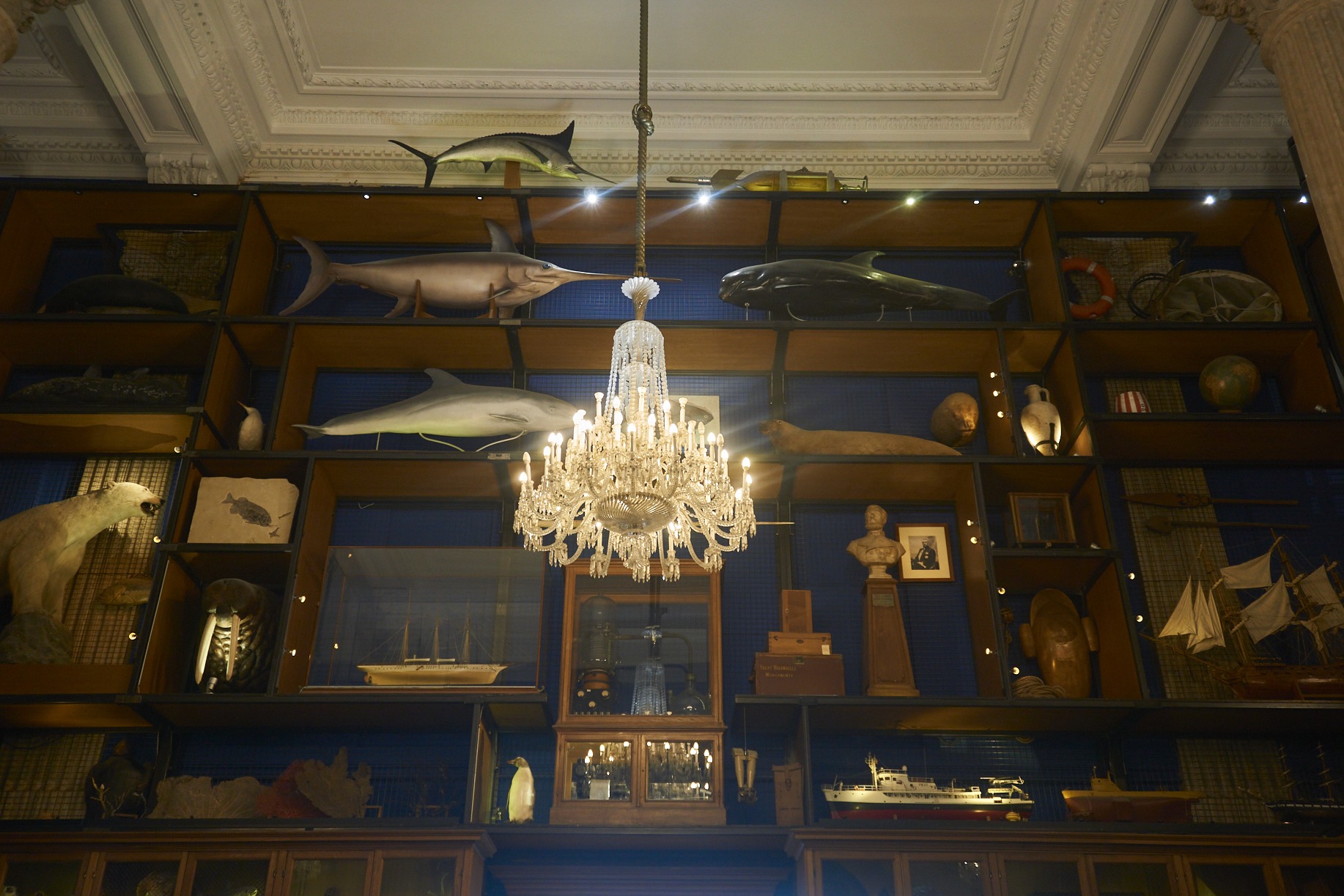
From the equipment used on the various expeditions to documents, models, skeletons and much more, these rooms are absolutely imposing. Among the skeletons, the 18-meter-long whale stands out.
You really have to visit the museum and feel the grandeur of this floor to realize the real impact of the high ceilings completely adorned with historical information.
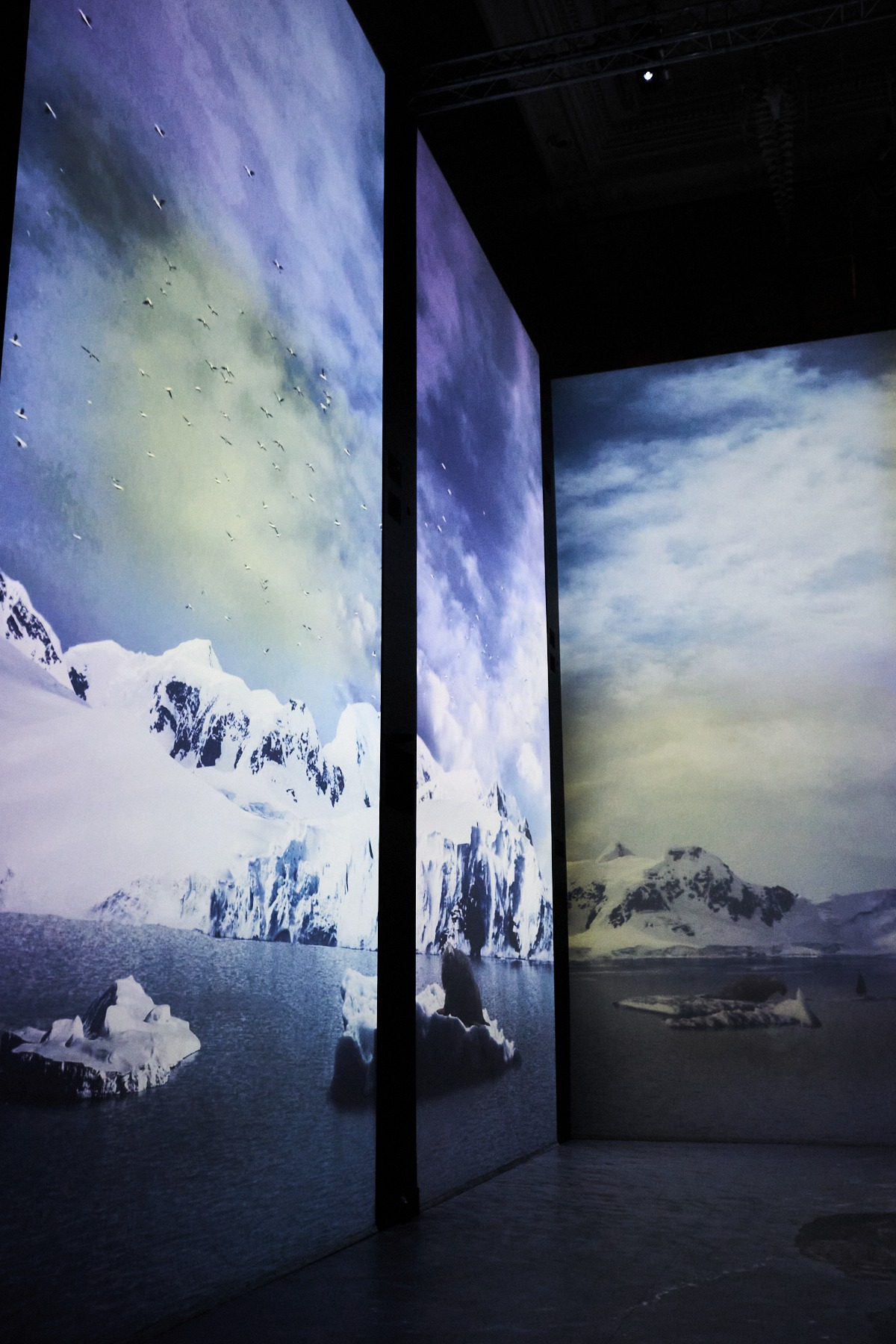
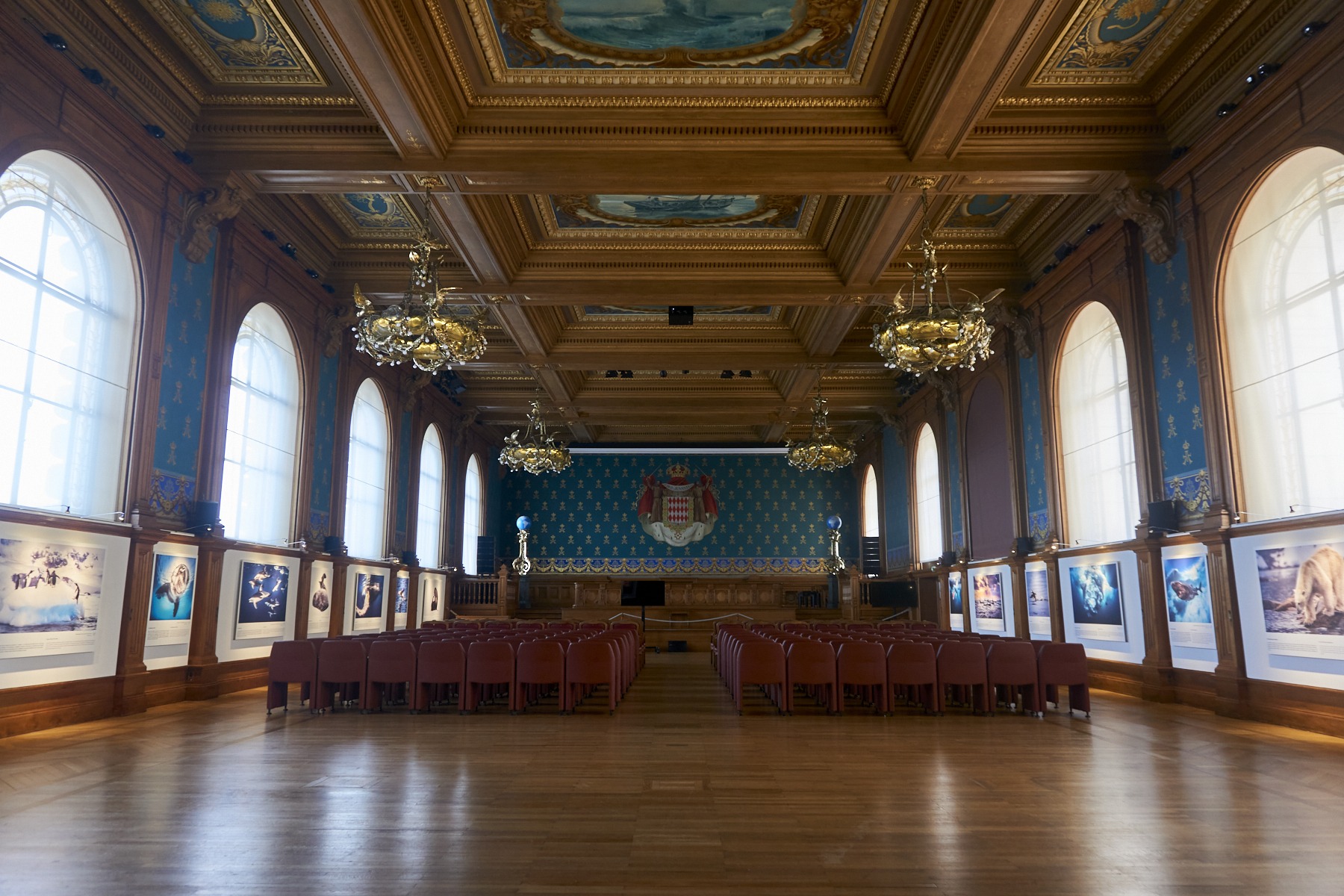
Here we also find a kind of corridor, shaped like a boat, where you can enter and learn more about the history of the discovery of the oceans and the people involved.
In addition, the museum has some interactive rooms, not all of which are open every day of the week. In total, always dedicate at least 1h30 to your visit - this is one of those places to see at your leisure.
more to see
